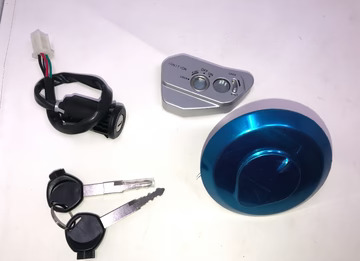Setting the Stage: Why a Consistent Health Advocate Matters
A man sees four different specialists in one year. None speak to each other. His medications overlap, lab work is repeated, and a complication slips through the cracks. This is the cost of fragmented care. A steady, informed primary care partner closes those gaps. When one clinician understands your history, your habits, and your goals, they can anticipate risks before they become crises. This relationship is not just a medical nicety. It is a strategic advantage. Over time, consistent guidance means sharper prevention plans, better coordination across disciplines, and more precise use of health technology. The payoff is fewer surprises and steadier health.
A great family physician listens like a detective. When you mention subtle changes in your energy, they connect dots that blood tests alone might miss. They also view you as a complete system, not a collection of unrelated organ parts. That holistic perspective can spot the link between stress and recurring chest discomfort. Finally, they think in terms of prevention rather than reaction. They would rather fine-tune your diet now than prescribe medication in five years. These traits build the kind of trust that makes you speak openly and follow through. Continuity of care is not magic. It is the result of a doctor whose skills align with your needs over time.
A family medicine doctor acts as the hub in what could otherwise be a chaotic network of specialists. They identify when advanced expertise is warranted, match you with reputable clinicians, and frame the referral with the right background. This hand-off is not just bureaucracy. It is leverage. Shared records and concise summaries cut redundant testing and speed up diagnosis. Smooth coordination means you spend less time chasing appointments and more time receiving treatment that fits your bigger picture.
Telehealth visits slice through geography and time constraints. You can review test results or adjust medications without a commute or a waiting room. Secure patient portal messaging adds another layer. It enables quick questions, medication refills, or symptom updates without tying up phone lines or missing work. These tools work best when data is both protected and easy for your provider to integrate into your chart. Their real value lies in collapsing the gap between observation and action.
Preventive care mutates with age. In childhood, consistent immunizations and growth tracking catch issues before school magnifies them. In adulthood, annual risk assessments anchored by relevant screenings help detect silent problems before they bite. Senior years demand a focus on balance, cognitive screening, and medication reviews to minimize falls and confusion. What stays constant is the relationship. Recommendations shift in response to your own evolving baselines, ensuring that prevention never goes stale.
Proactive check-ins are targeted touchpoints throughout the year that keep you and your provider aligned on changes. They are not the once-a-year chat over a physical. Think of a quick follow-up call when lab work looks borderline. Or a remote blood pressure check for someone fine-tuning hypertension meds. These interactions catch problems in their infancy. The aim is not to fill your calendar but to reduce the need for crisis-level interventions.
Baseline assessment is your starting line. With that in place, you can set SMART goals that actually carry weight, like reducing A1C by a specific margin in six months. Track progress with whatever medium you will actually use, whether a streamlined app or a plain notebook. The value comes when you and your clinician review that data together and adjust. Shared accountability keeps both parties engaged and makes small wins visible, which fuels the next push.
Arrive prepared. Jot down any new or worsening symptoms, refresh your medication list, and note the questions you need answered. In the appointment, be ruthless with your priorities. Hit the most pressing issues first and confirm the immediate next steps before you stand up. After the visit, use follow-up tools like emailed summaries or a nurse’s call to lock in the plan. A well-run appointment leaves no loose ends.
When your provider manages the moving parts, from referrals to tech-enabled follow-ups, you stop playing project manager for your own health. One dedicated professional anchors the strategy, the timing, and the adjustments as life shifts. This is how you edge ahead of illness instead of chasing it. Engage your family medicine team now. Build the plan that fits your trajectory and start steering instead of reacting.




Want to add a comment?